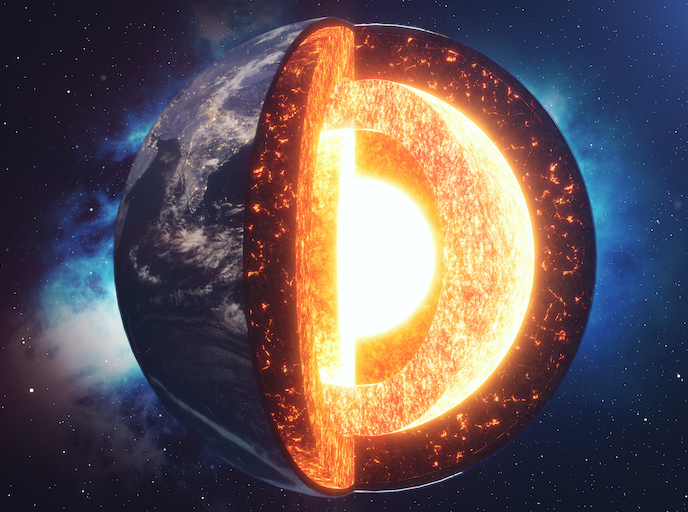Solving real world problems with applied mathematics
The universally accepted laws of conservation, like the conservation of mass, momentum and energy, are among the most powerful physical principles we have to describe and understand real-world processes. From a mathematical point-of-view, the principle of conservation leads to nonlinear partial differential equations (PDE), which are so complex that they generally cannot be solved exactly. However, with appropriate techniques, they can be solved approximately on a finite set of discrete points or elements (i.e. the computational mesh). This step of going from the original equations to the solution of the reduced problem on the computational mesh, called discretisation, leads to so-called numerical schemes for the solution of the PDE. ‘Although the first numerical methods date back to the times of Newton and Euler, it is only with the advent of modern computers that the complex nonlinear PDE describing the conservation of mass, momentum and energy can be solved in acceptable times and for practically relevant cases,’ explains Project Coordinator Michael Dumbser. The STIMULUS project, conducted at Italy’s University of Trento, has developed new universal methods for solving hyperbolic conservation laws that can be applied to many different problems. This was accomplished by unifying two traditionally distinct approaches to nonlinear conservation laws – the finite volume and finite element method – into a single, more general framework. The universality of mathematics One of the project’s major achievements provides a theoretical analysis and the first numerical solutions to a new universal formulation of continuum mechanics. According to Dumbser, this allows researchers, for the first time, to describe fluids and solids with exactly the same system of PDE. ‘These new numerical methods are highly accurate and allow us to solve conservation laws in complex geometries in the context of numerous applications,’ he says. ‘For example, we developed highly efficient and accurate algorithms that can be used to simulate the generation and propagation of acoustic waves in such complex geometries as jet turbo engines, which help reduce aircraft-related noise pollution.’ Dumbser explains that these same algorithms can also be used to model tsunami waves in the ocean and to simulate seismic waves travelling in the Earth, allowing scientists to better predict the impact of earthquakes. ‘Here, the same numerical algorithms as the ones developed for the simulation of aircraft noise can be applied, but to completely different fields,’ says Dumbser. ‘This is possible thanks to the same, universal mathematical formulation of the problem as a system of conservation laws.’ Using the same mathematical approach, the project also developed new schemes for simulating plasma flows arising in the context of inertial confinement fusion (ICF). According to Dumbser, a major difficulty in ICF experiments is the complex flow instabilities that arise before the fusion process. To overcome this challenge, the STIMULUS project proposed new mathematical techniques that provide insight into the physics of these flow instabilities and, in the long-term, allows one to find new strategies for controlling and reducing them. Moving towards market Researchers are currently working to bring the project’s results closer to market. ‘The idea is to use our new, high-order Lagrangian schemes on moving unstructured meshes for the simulation of rotating machines like gas, wind and water turbines, which are the most important mechanical devices currently used in the production of electric energy,’ explains Dumbser. ‘Our new algorithms are much more accurate than conventional ones and can also resolve very small flow features like turbulent vortices in complex geometries.’ The project hopes to have proof of concepts ready in 2017.







